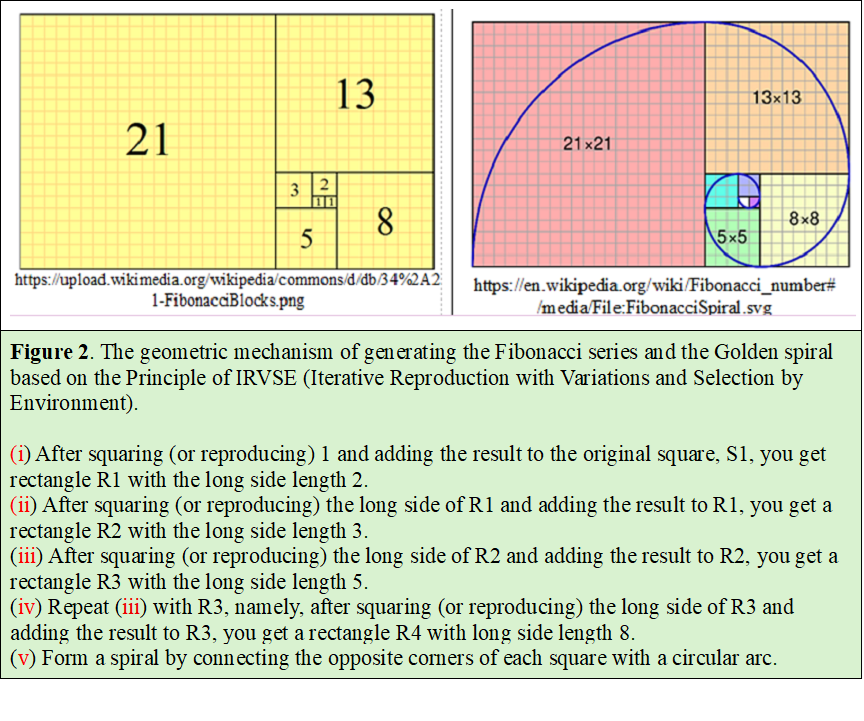Geometry of Reality as a New Form of Theology Abstract
Toward a Natural Theology
Abstract
Traditional theology, grounded in organized religions, seeks to understand God through scripture, revelation, and doctrinal interpretation. In contrast, the Geometry of Reality (GOR) proposes a new theological framework that is not religion-bound but ontologically grounded. GOR introduces two conceptually distinct forms of divinity: the Universal God, represented by GOR itself as the structural condition of reality, and the Individual God, instantiated in IRVSE (Iterative Reproduction with Variation and Selection by Environment), the dynamic mechanism of creation. This duality allows GOR to function as a meta-theological system—a framework that integrates and transcends traditional theological approaches by grounding them in the triadic interplay of energy, information, and consciousness.
The Dual Theological Structure of GOR
GOR distinguishes between:
- Universal God: The geometrical, structural, and metaphysical condition of all that exists; this is the type, eternal and omnipresent.
- Individual God: The operational agent of reality's unfolding; this is the token, iterating through space-time via IRVSE.
GOR-theology can thus be defined as:
A non-religious yet deeply theological system grounded in triadic geometry, where divinity is not an anthropomorphic being but a generative mechanism and semantic structure embedded in the fabric of the cosmos.
Conclusion
The Geometry of Reality recasts theology as a formal inquiry into the architecture of the divine, where God is both the eternal structure (type) and the temporal process (token). This opens the door to a unified theological science—rooted not in faith alone, but in the evolving symmetries of life, language, and the cosmos itself.



